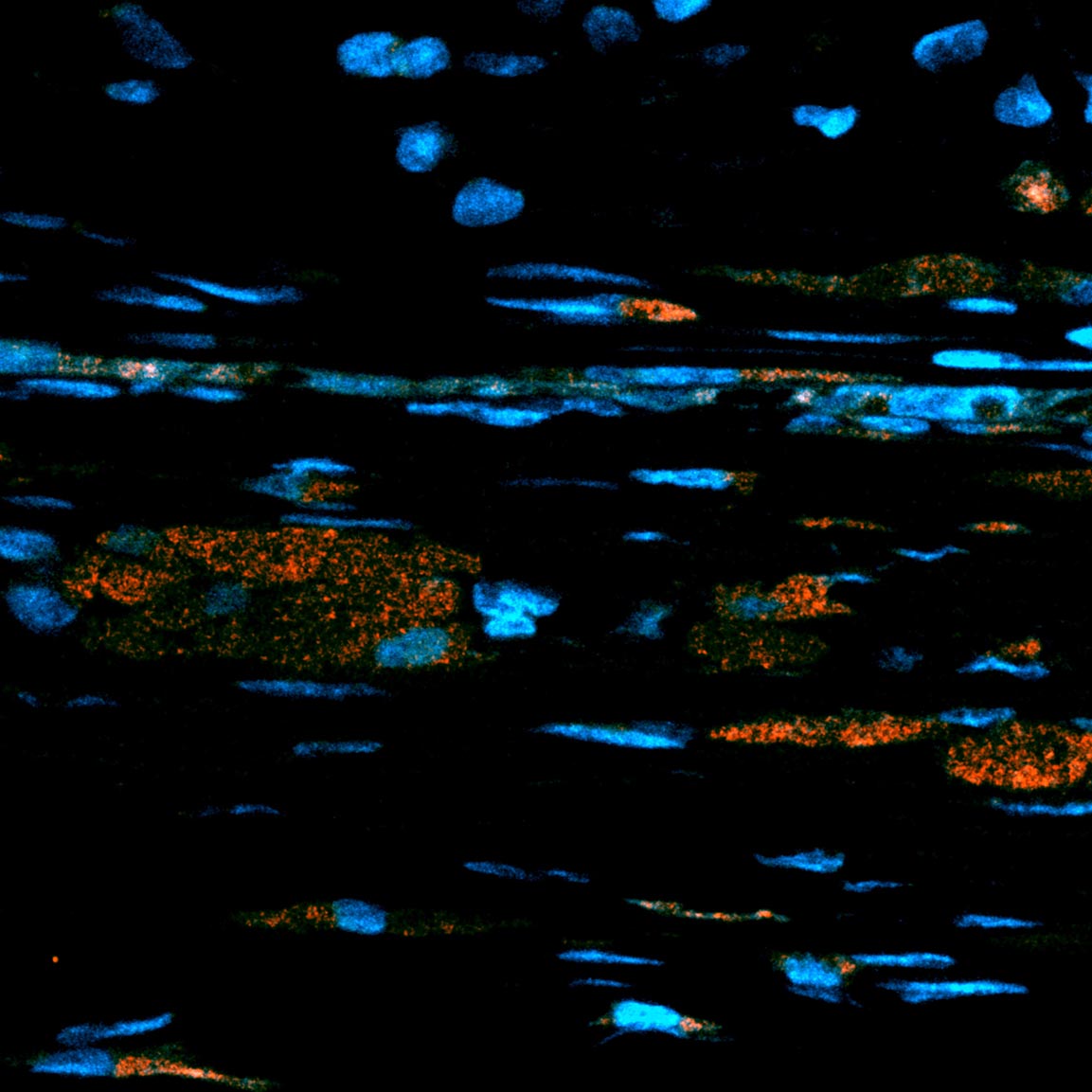
Scientists at the National Institutes of Health (NIH) have announced a breakthrough technique that could significantly advance the effectiveness of cell therapy treatments. The newly developed grafting method may allow for higher dosage levels and novel combinations of therapeutic cells, addressing a key limitation in the field of regenerative medicine and cancer immunotherapy.
Traditional cell therapies often face barriers such as immune system rejection, limited cell survival, and difficulties in scaling up dosage. The NIH team’s innovation involves a method of grafting cells that improves their engraftment and long-term viability within the body. This could pave the way for more potent therapies involving engineered immune cells like CAR-T cells, stem cell treatments for degenerative diseases, and novel transplant strategies.
According to early research, the new grafting method may also reduce the risk of rejection and adverse immune responses, enabling more aggressive treatment regimens that were previously deemed unfeasible. The precise details of the technique, which involve customized tissue scaffolds and advanced cell culture protocols, have yet to be published but are expected to be made publicly available in an upcoming scientific journal.
The NIH announcement underscores the potential for this technique to revolutionize the way clinicians approach cell-based therapies, offering hope to patients with conditions ranging from cancer to autoimmune and degenerative diseases. Further preclinical and clinical studies are planned to fully evaluate safety and efficacy.
This development marks a significant step forward in biomedical research, reaffirming the NIH’s role in pioneering treatments that leverage the body’s own cellular machinery to fight disease and restore function.
Source: https:// – Courtesy of the original publisher.








